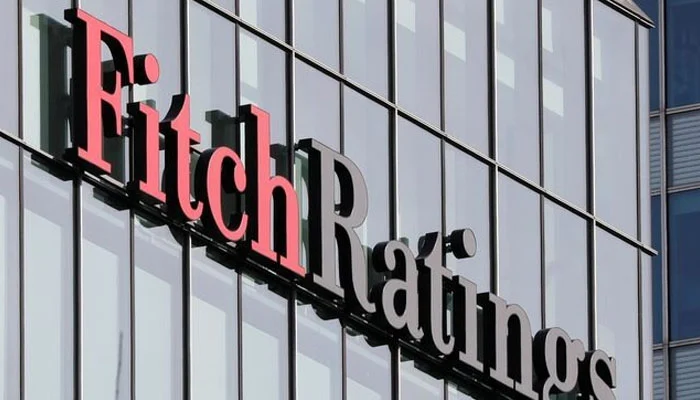Fitch Ratings announced on Monday that it has upgraded Pakistan’s long-term foreign-currency issuer default rating to ‘B-’ from ‘CCC+’, pointing to improvements in fiscal management, a more stable external financial situation, and better handling of macroeconomic policy. The outlook for the rating is stable.
The rating agency stated on Monday that this upgrade reflects a growing confidence in Pakistan’s ability to maintain tighter control over its budget and to successfully implement reforms under its ongoing agreement with the International Monetary Fund (IMF).
This positive rating change comes as Islamabad aims to keep its economic recovery on track following its agreement with the IMF in March. This agreement involved a review of the existing $7 billion Extended Fund Facility (EFF) and a new $1.3 billion Resilience and Sustainability Facility (RSF).
“We anticipate that continued tight economic policies will support the recovery of international reserves and help keep external funding needs in check,” Fitch noted, while also cautioning that the country’s financing requirements remain substantial and that there are still risks associated with implementing these policies.
Finance Minister Senator Muhammad Aurangzeb expressed his satisfaction with the upgrade, as reported by Geo News. He stated, “This upgrade is a strong vote of confidence in our economic reforms and policies.”
According to the brokerage firm Topline Securities, Pakistan’s previous rating in the ‘B-’ category was in July 2022.
The Finance Minister believes that this development “will further strengthen the government’s economic agenda.”
He added that, “Following this development, the country is expected to see increased investment, trade, employment opportunities, industrial growth and access to additional financial resources.”
Concluding his remarks, he said, “Going forward, global rating agencies, investors and financial institutions will have greater trust and confidence in Pakistan.”
Pakistan’s fiscal outlook has shown improvement, with the budget deficit projected to decrease to 6% of the GDP in the fiscal year 2025, down from nearly 7% in the previous year. This improvement is attributed to spending cuts and surpluses at the provincial level. The primary surplus is expected to more than double, exceeding 2% of the GDP.
Fitch highlighted that public debt levels have decreased to 67% of GDP in FY24 from 75% in the prior year, and a gradual downward trend is expected to continue. However, interest costs remain a significant burden, with a forecast interest-to-revenue ratio of 59% in FY25, which is considerably higher than the ‘B’ median of 13%.
Inflation is projected to ease to 5% in FY25, a significant drop from the over 20% experienced in the preceding two years, before potentially rising again to 8% in FY26. The State Bank of Pakistan (SBP) has maintained its policy rate at 12% following aggressive monetary easing measures in 2024. Economic growth is expected to rebound to 3% in FY25.
The country’s external financial position has stabilized, with a $700 million current account surplus recorded in the first eight months of FY25. This positive development is attributed to increased remittances and lower import prices. Gross foreign exchange reserves have risen to nearly $18 billion in March, a significant increase from the low of under $8 billion in early 2023.
Despite these positive trends, Pakistan still faces external debt repayments of approximately $9 billion in FY26, following over $8 billion due this year. The government anticipates securing an additional $10 billion in funding in the second half of FY25, primarily through multilateral and commercial channels.
On the political front, Prime Minister Shehbaz Sharif’s coalition government holds a majority in parliament but lacks a strong public mandate. Fitch noted that ongoing political tensions, institutional weaknesses, and security concerns in regions bordering Afghanistan continue to pose downside risks.
Fitch’s Sovereign Rating Model initially assigned Pakistan a score equivalent to ‘CCC+’, but the rating committee decided to apply a one-notch upgrade to ‘B-’ to reflect the observed improvements in macroeconomic management and the control of inflation.



